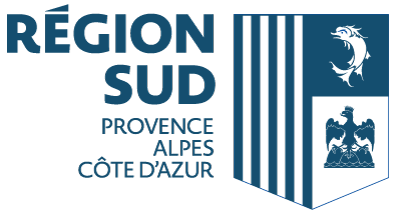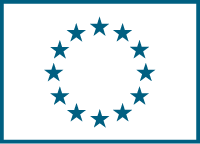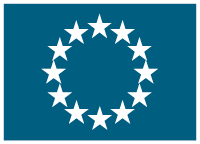Osprey conservation in selected SPA Natura 2000 sites in Poland
(LIFEPandionPL)
Date du début: 1 oct. 2016,
Date de fin: 30 juin 2020
PROJET
TERMINÉ
Background
The osprey (Pandion haliaetus) is a protected raptor whose numbers are declining both in the EU and globally. It is listed in Annex I of the EU Birds Directive and in Annex II of both the Bonn Convention and the Washington Convention. In 2014, an âAction plan for Ospreys in Europe and the Mediterranean regionâ was drafted under the Bern Convention on the Conservation of European Wildlife and Natural Habitats. In Poland, the osprey population was 28-39 breeding pairs for 2008-2012, as reported under Article 12 of the EU Birds Directive. However, the short-term population trend is decreasing, with a decline of 20-40 breeding pairs reported for the period 2000-2012. Preserving a stable population in Poland would require implementation of emergency actions reaching far beyond simple reactive protection.
Objectives
The main aims of the LIFEPandionPL project are to stop the decline of the osprey population in Poland, and to implement actions supporting an increase in its numbers. The project will focus on activities carried out in forests, where the osprey most commonly nests, as well as on lakes and ponds â its main feeding areas.
Specific project objectives are as follows:
To identify osprey breeding and feeding sites within the Natura 2000 network, identify threats to the species at those sites and identify factors limiting population growth;
To ensure the species is protected at all known sites, by creating a network of nest and site wardens;
To monitor 15 ospreys by satellite for three years; and
To create favourable conditions for an expansion of the breeding population by installing artificial nests in suitable locations.
Expected results:
The project expects a 20% increase in the osprey population compared with 2014, achieved through the following actions:
Installation of artificial osprey nests: 232 nests in trees and 50 nests on electricity pylons fitted with safety measures to prevent bird electrocution;
Creation of a network of nest and site wardens;
Mapping of the migration routes of Polandâs ospreys;
Detailed monitoring of lakes and ponds to determine fish stocks necessary for the osprey population;
Six awareness-raising workshops for Polandâs fishing community. Outcomes from the workshops will be incorporated into guidelines for a sustainable fishing economy in regions inhabited by ospreys;
1 500 schoolchildren reached through educational activities, including three competitions during World Osprey Week;
Two international conferences and three expert workshops held to increase knowledge of best practice in osprey conservation; and
Guidelines produced for the protection of the osprey in Poland and in Central Europe. These should enhance cooperation between institutions in order to detect or prevent wildlife crimes, particularly poaching and theft of eggs.
Accédez au prémier réseau pour la cooperation européenne
Se connecter
ou
Créer un compte
Pour accéder à toutes les informations disponibles
1 Participants partenaires
- (Poland)




